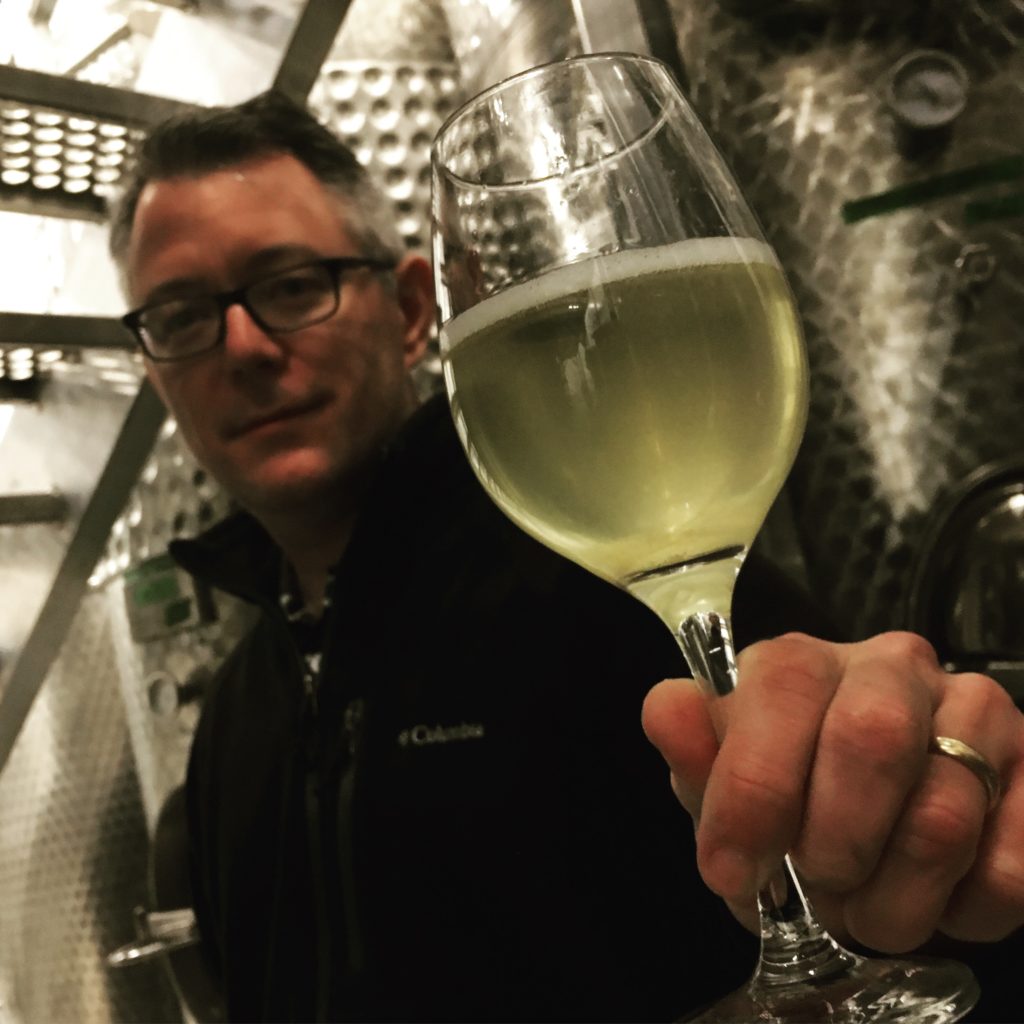
Winter is a good time to start reflecting on the qualities and attributes of the previous vintage. With all of our wines from 2017 safely tucked into their barrels and tanks, samples are starting to show traits that will indicate how the 2017 vintage will show once in bottle. It is not easy to tell how the wines will turn out but, recalling how Mother Nature treated the vineyard during the course of the growing season can give us some clues. Our winemaker, Michael Clark, has offered us a little bit of inside information about 2017’s weather.
“One of the joys, as well as the challenges, of winegrowing is that every year has its own distinct character, and it is the job of both the winemaker and viticulturist to synchronize oneself with that seasonal character, to draw out its best aspects and its inherent beauty.
2017 was one of those really distinctive years. It had some interesting twists and turns, and by the end of the season produced high-quality grapes worthy of classically-styled wines, but it is those twists and turns along the route which make the end product all the more interesting.
The year started off slow: much cooler than the past several years in particular, and in a growing climate such as British Columbia where we always hope for a long growing season, this slow cool spring was a source of concern. Of course Mother Nature follows her own course, and in the case of 2017 the summer warmed up tremendously, to such an extend that by the end of the summer, our total heat (in viticultural circles commonly quantified using something called “Growing Degree Days”) was typical for the long-term average for our region, and also quite close to the prior vintage. The autumn harvest period was reasonably cool and dry, leading to excellent picking conditions. Typical of the Similkameen, pressure from diseases was very low, and our organic-certified vineyard experienced very few problems in this respect.
This combination of a cool start, followed by a very hot dry summer, led to some interesting results in the grapes. First and foremost, we found acidity levels in the grapes to be much higher than in most of the recent years. For the style of age-worthy and food-friendly wines we like to produce at Clos du Soleil, this was excellent news, and we expect the 2017 vintage to express a classical elegance, and, moreover, to be long-lived for this reason.
The second important aspect was that crop levels were down significantly in 2017, due in no small part to the cold winter temperatures we experienced during the winter, particularly in the Similkameen Valley which does not have the moderating influence of the lakes which exist in the Okanagan. While the smaller crop levels were unfortunate from an economic standpoint, it also meant that the smaller crop could ripen well, with intense flavours, in the environment of 2017 – so what was produced was of very high quality.
We look forward to sharing the results with our loyal customers in the coming years. Every vintage is a like a story unto itself, and 2017 was no exception. It is a story which customers will be able to enjoy time and time again over the coming decade.”
